In a crisis, and it will happen at some point, there is one thing that will ensure your survival… Food.
Feeding yourself and your family is a top priority in a crisis.
With an economic collapse looming closer each day, preparing for an emergency is no longer just an option. It is mandatory.
Stressing the importance of creating a plan for the future has little effect if that plan relies on the system for food. While none of us want to think about what could happen, the outcome is bleak without proper preparation.
The current economic climate is unstable at best and only worsens with each passing day.
While more vibrant than some, our economy is teetering on the edge of failure, and it is only a matter of time until we slip.
The economic climate impacts the production of many foods and your access to them. If you think the prices at the grocery store are bad now, they will get far worse should the inevitable occur.
How The Economic Climate Impacts Food Production And Access
Our economic climate impacts food production and access in several essential ways.
- Access to Resources: In times of economic hardship, there will be less access to resources such as seeds, fertilizer, and irrigation equipment. These limitations can make it more challenging to grow food for yourself, let alone for mass production.
- Market Conditions: The economic climate also affects market conditions, making growing certain crops more or less profitable. For example, if prices for certain crops are low, farmers may be less likely to plant them, which can affect availability.
- Policy: Economic conditions often influence government policies related to agriculture, such as subsidies or tariffs. Changes to policy can affect the profitability of growing certain crops or distributing them to specific areas.
- Natural Disasters: The economic climate impacts our ability to recover from damage caused by a natural disaster. Droughts and floods, for example, cause significant damage to crops and farmland, limiting access and making it more challenging to grow food in the future.
Overall, the economy significantly impacts our access to fresh, healthy food.
With costs already reaching record highs, where does that leave you? Do you think you will be able to afford food in a year? In 5 years? Even if you can afford it, will you be able to get it?
These questions, which were once the concern of a select few, are now a common concern of many. So what can you do? How can you prepare?
Preparation begins with self-sufficiency, and growing your food is a big part of being self-sufficient. Below is a list of crops you should grow now to ensure that you are ready later.
Survival Foods You Need to Grow Now
While researching this article, I found a post online that said, ‘Food will get you through times of no money better than money will get you through times of no food.’ I don’t think there is a better way to explain the issue.
You can survive without money, and while it may not be fun, it can be done. On the other hand, food is a necessity of life that we cannot live without.
Thus, growing what you can in your yard or even on your balcony could be the difference between your survival and your demise.
Potatoes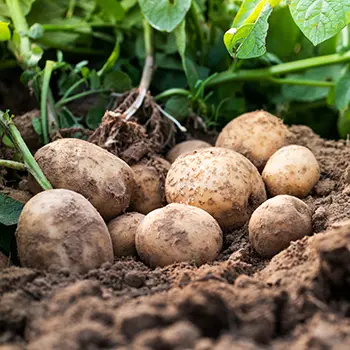
Growing potatoes is an excellent idea.
Potatoes are a staple food that is easy to grow in any climate and you can store them for a long time.
Potatoes are also a good source of carbohydrates and vitamin C, which will be important in a crisis.
Onions
Onions are a staple food that can be grown in most climates and requires little effort.
Moreover, they can be stored for a long time and are a good source of vitamin C and other nutrients.
Beans
A terrific source of protein, beans can easily be grown in most areas. There are many beans to choose from, and they can be stored for a long time, especially when they are dried before storing.
Carrots
Another excellent survival food that is easy to grow and store is carrots.
Carrots can be grown in various soils and across many climates. They are an excellent source of vitamin A and fiber.
Even better is that a single crop can yield a large harvest, and there are many methods to store carrots long-term.
Nuts
Some varieties of nuts, such as almonds, hazelnuts, and chestnuts, can be grown in a home garden.
Nuts are an excellent source of protein and healthy fats and can easily be stored in an airtight container for later use.
Corn
Easy to grow in most climates, corn is a crop you should consider farming.
Corn is a good source of carbohydrates and other nutrients and can be eaten fresh, dried, or ground into a meal or flour to be stored for extended periods
Garlic
Growing garlic is easy, and it can be stored for extended periods, with various methods out there that can help to make it last longer.
Garlic is an absolute essential in my house. It is a good source of vitamin C and other nutrients and has a variety of medicinal uses as well.
For example, garlic has long been used medicinally, but it has recently been shown to positively impact those suffering from cardiovascular diseases.
Root vegetables
Vegetables such as turnips, radishes, and beets are considered root vegetables. These plants are often packed full of nutrients, are easy to grow, and can be stored for a long time.
Apples
Probably one of the best foods to eat, apples can be grown at home in your garden, provided you have enough space.
Apples are a good source of vitamins and minerals and can be eaten fresh or preserved for storage.
Tomatoes
This staple food can be grown in most climates with ease. Tomatoes are another plant that has the potential to yield a significant harvest and are a good source of vitamin C.
Storage is the most significant barrier with this plant.
Generally speaking, as they are, you can store tomatoes for a short period.
However, there are many ways to keep tomatoes long-term, making them an excellent addition to any food stockpile.
Peas
As with all the listed crops, peas are pretty simple to grow. Additionally, peas are a good source of protein and you can grow them in most climates.
You can store peas for a short period without any prep, but there are ways to create long-term storage solutions.
Squash
A versatile vegetable, squash is a good source of vitamin C and other nutrients and can be grown anywhere.
Thanks to its thick, waxy exterior, you can also store squash for a long time, especially if you are lucky enough to have a cold cellar.
If you don’t have a root cellar, here’s a cheap and easy way to build a root cellar in your backyard.
If you plan to keep squash, try not to let it touch other squash. These vegetables need their space and do much better when they are not piled on top of one another.
Berries
Often a favored fruit, you can usually grow berries in a simple home garden without experience, including strawberries, raspberries, and blueberries.
They are a good source of vitamins and minerals, and while they tend to spoil quickly when fresh, berries can easily be preserved for extended storage.
Melons
One of my favorite snacks, melons, such as watermelons and cantaloupes, can be grown in many climates and are a good source of hydration and other nutrients. Melons can be eaten fresh or are easily preserved for later.
Leafy Greens
Lettuce, spinach, and kale are considered leafy greens. They are easy to grow almost anywhere.
Furthermore, if done right, these plants can be harvested multiple times throughout the growing season, providing a big bang for your buck.
Leafy greens are a good source of vitamins and minerals and can be eaten raw or cooked.
Herbs
Growing herbs, such as basil, oregano, and rosemary, is easy, and you can use them to add flavor to a variety of dishes.
Many herbs also have medicinal properties and you can use them to treat a variety of ailments.
Peanuts
An excellent source of protein and healthy fats, peanuts can be grown in many climates.
This delicious snack can be eaten fresh, roasted, or used to make peanut butter. They are also easy to store long-term and outstanding in an emergency stockpile.
Grains
Some grains, such as oats and wheat, can be grown in a home garden.
You can use these grains to make bread, cereals, and other foods.
Since grains are a good source of protein and other nutrients, they are an excellent addition to any stockpile.
Pumpkins
I often forget that you can eat pumpkins. However, pumpkins grow well in most climates, are not picky about their soil, and are versatile vegetables.
They are a good source of vitamin A and other nutrients. You can eat pumpkins fresh, or baked, or you can preserve them for later use.
Rice
Yet another staple food that can come in handy in a crisis. Rice is easy to grow in many parts of the world. It is also a good source of carbohydrates and other nutrients.
It is important to note that rice is typically grown in flooded fields. Thus, if you want to grow your own rice, you will need access to a water source.
With the precarious state of the world, growing even a few items on this list is a good idea. Grocery store prices are at an all-time high, and shelves are often bare. Thus, gaining self-sufficiency by growing your food at home could be a potential lifesaver.
This is not a comprehensive list of all the foods you can grow in your garden, but it should provide you with some ideas. I would love to hear what you grow in your garden and how it has helped you survive these difficult times. Stay safe!
This article first appeared on Ask A Prepper.
You may also like:
Fermented Foods You Should Eat This Winter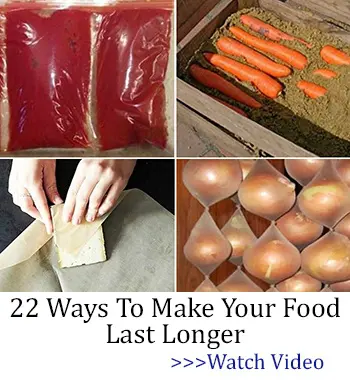
The Succulent Red Plant That Tastes Like Bacon (Video)
Foods You’ve Been Storing Wrong Your Whole Life
10 Vegetables That Are Too Easy To Grow Inside
Can You Plant a Grocery Store Cucumber?
How To Make A Pressure Sensor Pad To Know When You Have An Intruder On Your Property

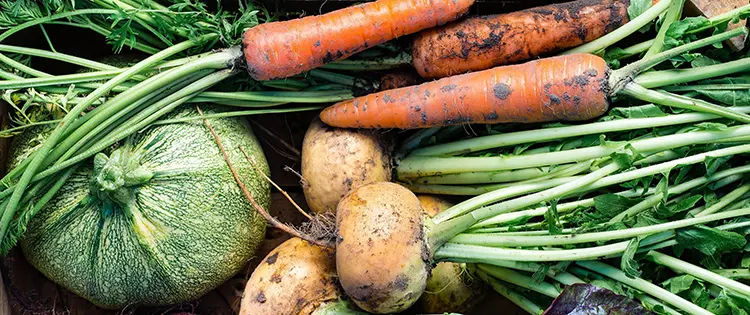
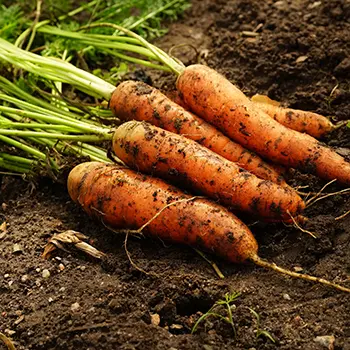
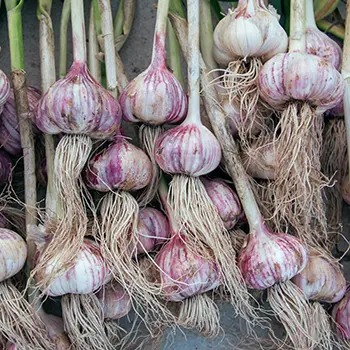
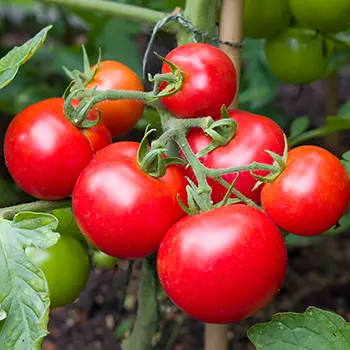
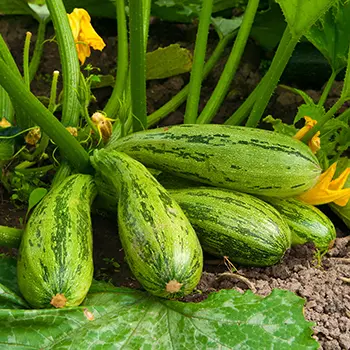
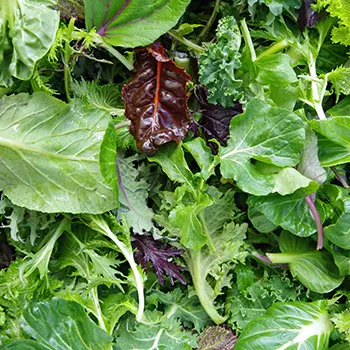
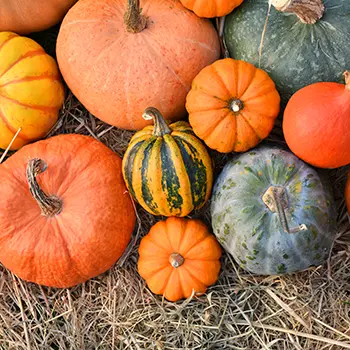













Thank You for dedication and commitment for the good of the whole, your willingness to share and your Love for All those around you near and far, Blessed Be…🤩
You are welcome Christine but a great deal of credit goes to our publisher who is awesome! Thanks for your comment! Stay safe.
Very informative, thank you